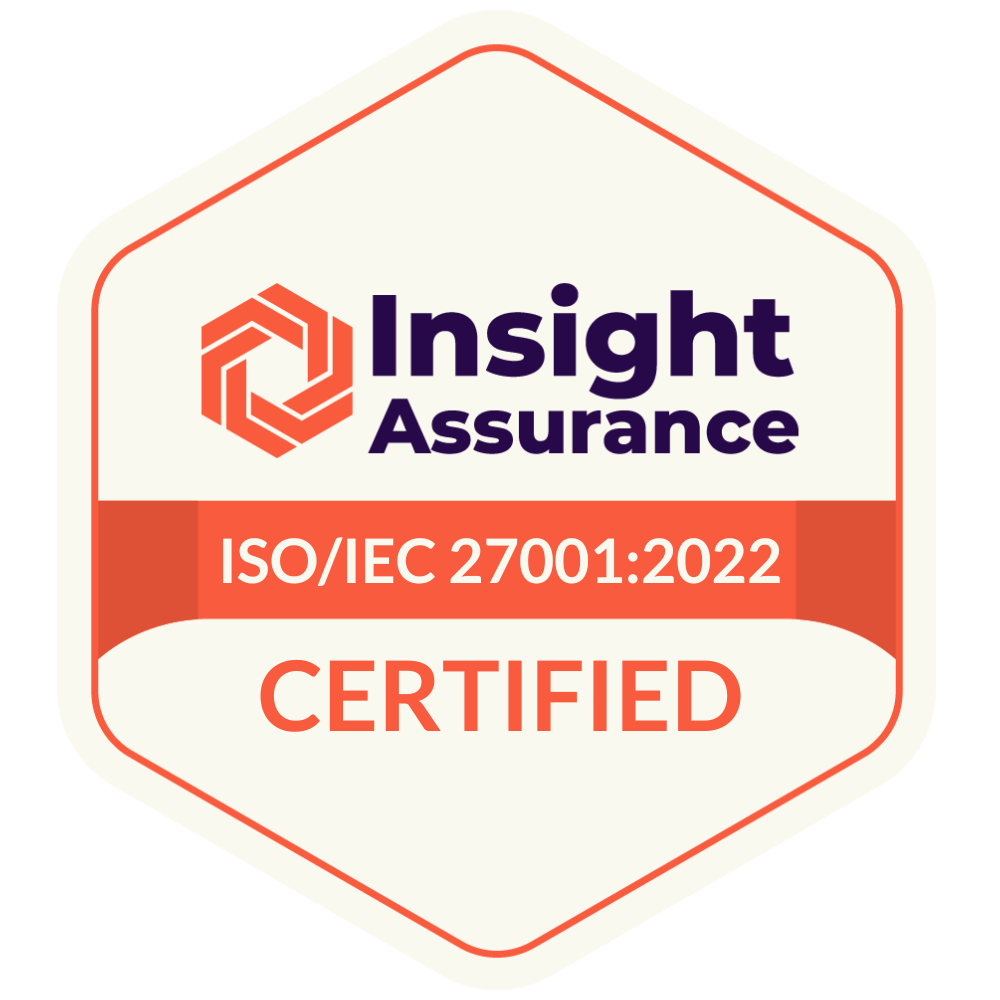“Can Recruiting Be More Stressful Than Being Shot At?”
That was the headline that graced the cover Human Resource Executive in 2019. And the answer, according to the U.S. Air Force recruiters who inspired the piece, was a resounding “yes!”
With the cost of a bad hire running as much as $240,000, and the Society for Human Resource Management (SHRM) estimating the average cost per hire at around $4,000, it’s no surprise recruiters have a lot of stress on their shoulders. Especially in a job seeker’s market.
But what if there were a way to reduce some of that stress by first identifying and then resolving the most significant challenges recruiters face?
The Challenge: Tackling Unqualified Candidates
The average corporate job opening brings in as many as 250 applicants, but nearly half of those applicants fail to meet the requirements outlined in the job application. The increasing pressure to quickly hire the best talent from a larger than ever candidate pool quickly leads to burnout. At this point, it becomes inevitable that recruiters miss vital details and overlook qualified candidates or that they simply choose the first ten that seem like they’d be a good fit before moving on to the next role. Ultimately, there is no way for a recruiter to manually review 250 resumés and give all of them the same amount of consideration, especially if they are hiring for more than one role.
The Solution: Use Artificial Intelligence to Score and Rank your Incoming Applications
This is one area where employing talent intelligence software has an immediate impact. Talent Intelligence software creates a multi-dimensional model of the ideal candidate which analyzes their career trajectories and experiences and makes sure you don’t miss any critical skills. It then applies this model to all applicants and immediately scores and ranks all talent, allowing you to review candidates based on how likely they are to succeed in their role.
The Challenge: Dealing with Recruiting Burnout
There has been a global talent shortage over the last few years, with recruiters around the world reporting increased difficulty in filling positions. Even with all those applications, recruiters are receiving less than 20% qualified applicants, and a 2018 survey found that 45% of employers are still struggling to find applicants that meet their needs.
The 2018 Entelo Recruiting Trends Report found that sourcing candidates for a single position require as much as 20 hours a week of a recruiter’s time. Another survey found that hiring managers felt that finding the right candidates is the hardest part of their job.
The Solution: Master Smart Automation
The rapid digitalization of the job search has changed recruiting from being a human endeavor to one that has become overly technical and cumbersome. The first generation of recruiting technology was designed to cast a wider net and then receive and sort hundreds of applications but failed to provide an effective way to deal with all of this incoming information. The second generation of recruiting technology consists of AI-driven Talent Intelligence technology that helps do the most cumbersome parts of recruiting – scanning resumés for fit, finding existing talent ready for promotion and passive sourcing – and then provides the recruiter with a shortlist of ranked and scored candidates that they can connect with, human to human.
The Challenge: Eliminating Unconscious Bias
Most people don’t think of themselves as biased, but research has shown that bias results in applicants with Caucasian-sounding names receiving 50% more calls for interviews than their job-seeking peers with African-American Names, even when the resumes submitted were identical. While there is certainly a difference between blatant discrimination and the unconscious draw to people who remind us of ourselves or resemble current employees, the impact on diversity, retention, and innovation is real.
Diversity offers a broad range of benefits to companies. Ethnically diverse companies are 35% more likely to have a financial performance above the industry mean, are 1.7 times more innovative, and enjoy 2.3 times higher cash flow per employee, to name a few. Eliminating unconscious bias is the first step to increasing diversity in the talent pipeline and candidate pools and increasing OFCCP compliance.
The Solution: Accept that Unconscious Affinity Bias exists, and Outsmart It
Despite all of the advances made in recruiting and employee testing and development programs, a survey by the Human Capital Institute found that nearly 80% of leaders were still using gut feeling and personal opinion to make decisions regarding talent-management practices.
The unfortunate truth is that humans are biased, and to achieve true diversity, we will have to defer to AI technology to help us find the best talent. The Censia Talent Intelligence Platform does this by stripping candidates of personal information (everything ranging from race to gender, sexual orientation, age, disability and veteran status, etc.) and delivering a ranked slate of candidates without a profile photo. It also provides AI-generated summaries that highlight the career trajectory and efficacy of skillset combinations.
Once recruiters have this list, they also need to employ best practices for bringing this talent on board. One study found that an interview pool has to be comprised of at least 40% diverse talent in order to increase actual hiring diversity. Simply inviting one or two diverse candidates for interviews shows no statistical increase in diverse hiring.
The Challenge: Making a Great First Impression
According to LinkedIn, 48% of businesses say their best hires come from employee referrals. So what would your current employees say about the work environment you’ve created? And what are you doing to encourage them to bring the talent they’ve networked with into your organization?
Your reputation as an employee is one of your biggest assets, with an estimated 83% of potential candidates looking up company reviews and ratings online before considering an offer. Another critical element of your reputation is your hiring experience, and it turns out that of those job seekers who have a bad experience, 72% of them will tell others about it—either online or in person. And 64% will boycott your company altogether.
The Solution: Streamline the Recruiting Hiring Process and Take Care Of Your Employees
Top talent gravitates toward the best working environments. And companies can establish that reputation for themselves by focusing on retaining the talent they already have. If you’re doing the work to keep your current employees, you’re also probably creating a reputation that attracts the best candidates.
Today’s candidates want clear job expectations, easy online applications, and continuous communication and follow up throughout the hiring process. This includes letting them know if, or when, you’ve decided to go another direction.
From there, it’s all about streamlining the hiring process so that you can make quick decisions when you find the candidates you’re looking for.
The Challenge: Missing Out on the Best Talent
According to SHRM, the average job opening takes about 36 working days to fill, but the top job-seeking talents only spend about ten days on the job hunt before accepting a position.
This means it is far too common for companies to identify a qualified candidate in their applicant pool, only to discover that an applicant has already accepted a position elsewhere.
The Solution: Use Intelligent Candidate Modeling and Automate Passive Searches
The Censia Talent Intelligence platform can cut the recruiting process from 2-3 weeks to 2-3 days, allowing you to find, screen, and interview the best applicants before they accept another offer.
Alternatively, talent intelligence can also help you improve your retention and source the best passive candidate, improving your existing talent pool while reaping the benefits of keeping and promoting your best talent or tapping into the vast pool of currently employed high-performers, 90% of which are open to learning about new positions.
The Future is Human
Some estimate that 40-50% of jobs will be replaced by artificial technology in the future, human-oriented jobs, such as HR managers, are largely exempt from this trend. Instead, AI-powered technology such as the Censia Talent Intelligence Platform will streamline the recruiting process and enable recruiters to focus on strategic initiates, talent development, and human contact.
At the time of this article, just over 20% of large enterprises are using AI-powered technology to optimize their hiring. If you’d like to request a demo to see how Censia can help you save dozens of hours and thousands of dollars per role, email us at info@censia.com



